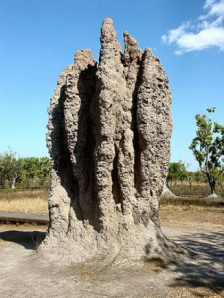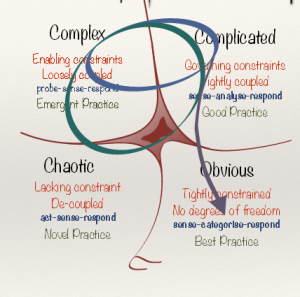 Sometimes some things come slower than others, and then they suddenly rear up and hit you, opening you right up to completely new ways of innovation.
Sometimes some things come slower than others, and then they suddenly rear up and hit you, opening you right up to completely new ways of innovation.
We don’t make all the connections we should; we are too caught up in our little world, beating our existing drum, drowned out by its own noise, to step back and appreciate something new is really happening.
Recently I was investigating one strand of thought and then bingo! Something else leads to something else and the rest, so to speak, becomes history.
I’ve been reflecting on the new era of innovation and opening myself up to exploring alternatives, different thoughts, discussions and viewpoints.

